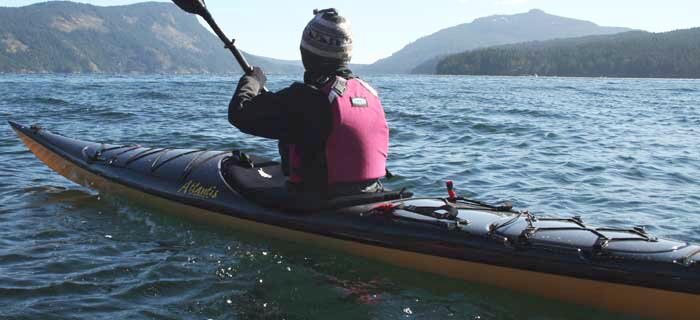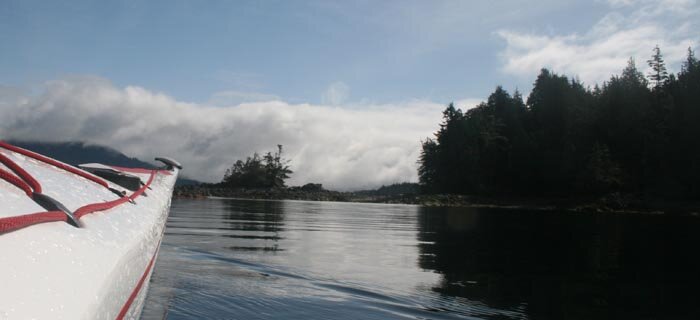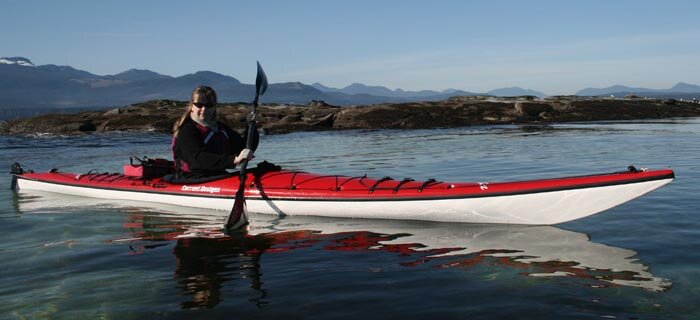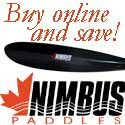
Pick a kayak, any kayak
When buying, a game plan helps. Here are some hints on how to navigate the options.
A kayak is one of the best recreational investments anyone can make. But the initial outlay of cash and choices you have for those dollars can seem daunting. So how to pick the correct one? Here are some points to consider, courtesy of Chris Ladner, the owner of Ecomarine on Granville Island in Vancouver, a consultant to thousands of kayak buyers over the years.
1. Know what you’re buying your kayak for.
This sounds obvious, but it’s not. “You need to be thinking not just what you imagine what the kayak could be used for, but what you intend to use it for further down the road,” says Chris.
Here’s where a crystal ball might come in handy. You may imagine tours of distant shores in Alaska, but in reality if all you will be doing is lake paddling from your cottage, a recreational boat will suffice. Here’s the general types and the purpose they’ll serve.
Recreational boats: These boats are ideal for an hour or two in the bay, and work equally well from the deck of a yacht, motorboats or a summer cottage. These boats are generally shorter – 9.5 to 12 feet in length – and can have a range of options and material styles that dictate the cost. One important consideration is buoyancy. Look for a hatch and bulkhead that will ensure the boat won’t sink if swamped. If there is no bulkhead, you’ll need to install flotation bags before your trip.
Day trip boats: These are longer recreational boats starting at about 14 feet, resulting in more glide, speed and efficiency. One consideration is the boats may be narrower, which aids performance but means less stability.
Touring boats: If you’re looking for more than just day trips you’re looking at boats longer than 14 feet to manage the storage demands and sea conditions you’ll meet. Most touring boats are in the general range of about 17 feet in length, making them faster, more efficient and capable of hauling gear – often several week’s worth, if need be.
Other options: Kayaks can serve very particular purposes, such as the racing kayaks, which are very long but also very narrow; or fishing kayaks, which are usually sit-on-top, extra wide for stability and have lots of features specifically designed for fishing.
2. Set your budget.
The initial investment may seem large, especially for the high-end boats, but keep in mind after the purchase there are few incidentals such as lift tickets or launching fees (at least not yet). In addition, kayaks hold their value and won’t need replacing for years, possibly decades – if ever.
Naturally, you need not spend much if budget is a consideration. Recreational boats can be the least expensive, but still with a vast range depending on the features and construction. The addage applies: you get what you pay for.
3. Think about the features and benefits you want.
There are lots of different things you can get for your kayak, and a good first place to look is the hatches. The arrangements and styles vary by model, but a popular style is the two-piece with a neoprene cover below the strapped-on hatch. A style proven seaworthy is the one-piece rubber hatch, usually available as an oval that simply pulls off around a lip then pushes back on again.
The trick is matching the features you want with the style of kayak. For instance, rubber hatches may not be an option for the style of recreation boat you’re seeking.
The control device is another key consideration. A rudder controlled through cables attached to foot pedals is a popular configuration and allows for easy steering. An alternative is a skeg, a fin that pops down to add stability in wind and waves. This requires the additional skill of learning how to use a paddle blade to turn the boat.
The cross-section of your hull should also be part of your evaluation. The rounder the hull the faster it’s going to be, but at the cost of stability. A flatter bottom and defined keel will enhance stability and (with the keel) tracking.
Also, consider the amount of rocker in the hull – that is, curvature in the shape.
“The more rocker you have, the easier it is for the boat to turn, but the deeper the boat sits in the water so the slower it’s going to be,” says Chris. “So the tradeoff is lots of tracking means straight-line, fast speed and efficiency but harder to turn, and the more rocker means easier to maneuver in rough weather but slower.”
The construction type will be another key factor in choosing a kayak, which in large part is affected by budget. Plastic (polyethelene) is the most economical, quite tough and rugged but it’s a bit slower in the water and can get gouged, as it is a softer material. Thermoform is a middle-of-the-road option. It has the ruggedness of the softer plastic but the characteristics of the fiberglass for speed.
Higher in price are the fiberglass and finally kevlar options. These are considered the highest performing type of kayak, and also good for weight and durability.
Thanks to Ecomarine owner Chris Ladner for sharing his expertise for this article. You can visit the store online at www.ecomarine.com.






















 This site uses valid HTML, CSS and Flash. All content Copyright © 2010 Wild Coast Publishing.
This site uses valid HTML, CSS and Flash. All content Copyright © 2010 Wild Coast Publishing.
Coast&Kayak Magazine is providing this forum beginning with this issue to offer feedback on our content. We screen submissions prior to posting, so there may be a lag before seeing your feedback online. Please note it's our intention to print the best of the replies we receive, so please leave a valid email for verification purposes. Email addresses will not be printed.